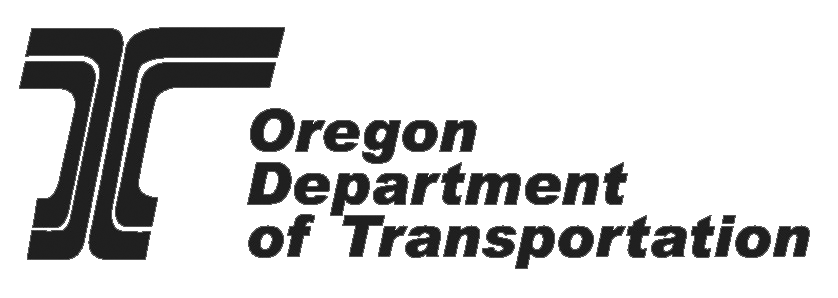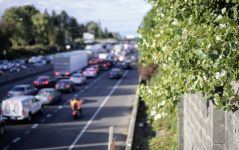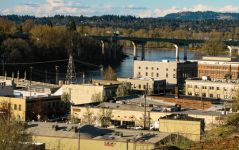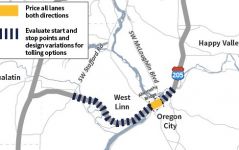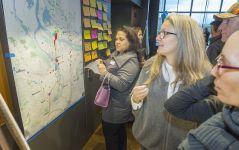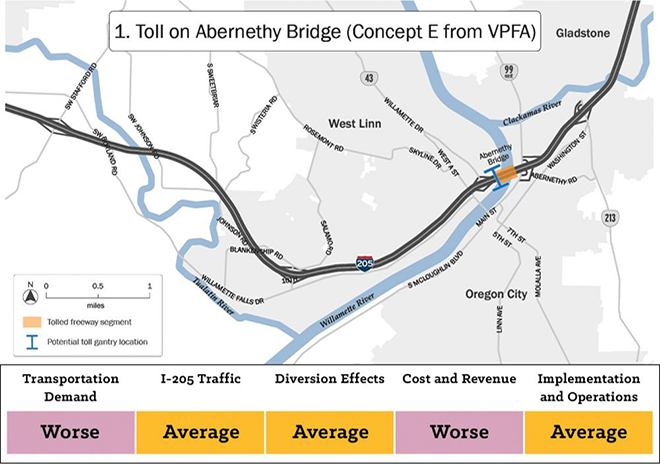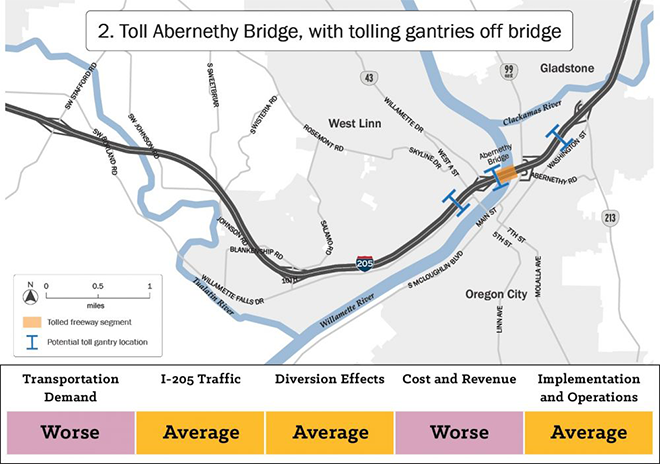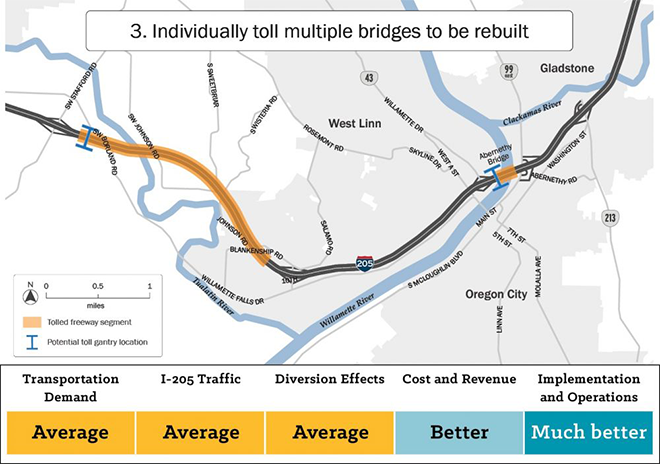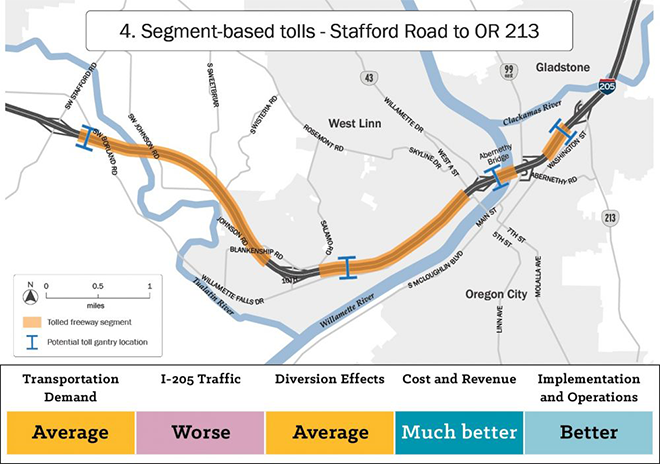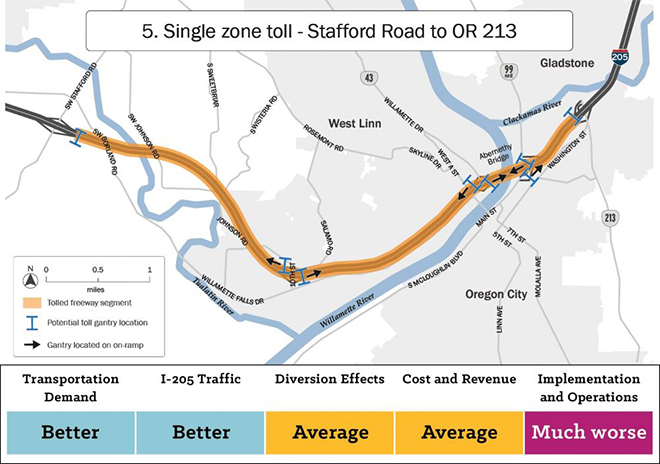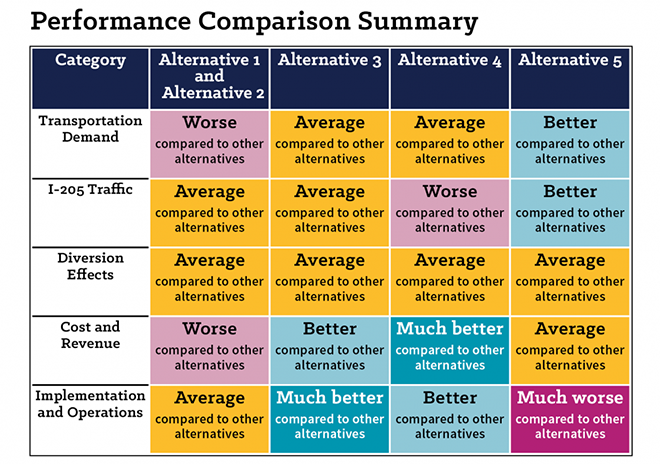Si desea obtener información sobre este proyecto traducida al español, sírvase llamar al 503-731-4128.
Nếu quý vị muốn thông tin về dự án này được dịch sang tiếng Việt, xin gọi 503-731-4128.
Если вы хотите чтобы информация об этом проекте была переведена на русский язык, пожалуйста, звоните по телефону 503-731-4128.
如果您想瞭解這個項目,我們有提供繁體中文翻譯,請致電:503-731-4128。
如果您想了解这个项目,我们有提供简体中文翻译,请致电:503-731-4128。
For Americans with Disabilities Act or Civil Rights Title VI accommodations, translation/interpretation services, or more information call 503-731-4128, TTY (800) 735-2900 or Oregon Relay Service 7-1-1.
We want to hear from you.
We want to hear your thoughts on the I‑205 Toll Project at this early phase. Review the information in the following stations, then take our survey and give your ideas. The survey will be open through October 16, 2020.
Want more information?
Attend one of three community webinars in August to learn about the project, ask questions and give comments to the project team. All three webinars will cover the same topics.
Webinar 1Wednesday, August 12, Noon - 1:00 p.m.
(This webinar is complete, and you can watch it on YouTube) Webinar 2
Tuesday, August 18, 4:00 - 5:00 p.m.
(This webinar is complete, and you can watch it on YouTube) Webinar 3
Thursday, August 20, 6:30 - 7:30 p.m.
(This webinar is complete, and you can watch it on YouTube)
Stations
We’re living through challenging times.
Social distancing guidelines make it hard for us to connect in-person with family and friends, and travel is difficult.
We don’t know how long this uncertainty will last, but we expect previous levels of congestion will return to Portland. When that occurs, our transportation system needs to serve the people and economy of Oregon.
But how do tolls help manage congestion…?
By charging higher tolls when the most people want to drive, drivers who have flexibility in their schedules are more likely to adjust their travel and free up highway space for those who need it most. Even a small shift in the total number of drivers makes travel more efficient and optimizes our shared highway space.
We’ve been working with communities toward a regional congestion solution.

The Oregon Legislature passed “Keep Oregon Moving” in 2017 to help manage traffic congestion and its impacts. The legislation directed the Oregon Transportation Commission to pursue tolls on interstates in the Portland metro area to improve the transportation system. Revenue from tolls could fund some of these improvements.
In 2017 and 2018, we conducted a toll feasibility study, known as the Value Pricing Feasibility Analysis. This work involved substantial input from regional stakeholders, agency partners, and the public to explore how tolls could manage traffic congestion in the Portland metro area. Together we considered several big concepts for introducing tolls on I-5 and I-205.
This analysis determined that tolls could help us manage congestion.
We learned a lot from the Value Pricing Feasibility Analysis.
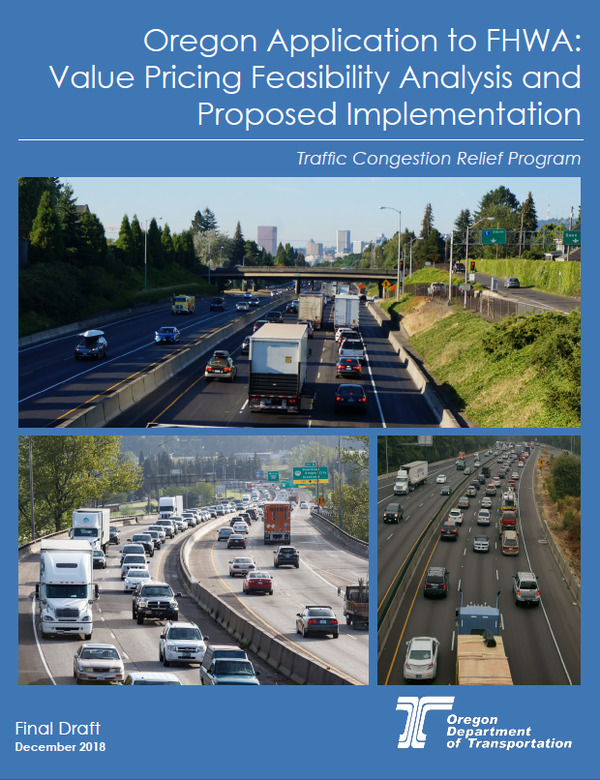
Using public input and the technical analysis, the Oregon Transportation Commission concluded:
Learn more about the results of the Value Pricing Feasibility Analysis.
What is the problem on I-205?
Before COVID-19 restrictions, about 100,000 vehicles traveled the section of I-205 between Stafford Road and OR 213 every day, causing over six hours of congestion. This section is the only two-lane segment on I-205 in Oregon.
ODOT plans to add a third lane in each direction and make the Abernethy Bridge seismically resilient, but construction funding is not available. Toll revenue could help pay for these improvements.
See the project website for more information about the I-205 Improvements from Stafford Rd to OR 213 project.
Where would tolls be on I-205?
We are looking at tolls on all lanes and in both directions on I-205, on or near the Abernethy Bridge. Toll rates would vary by time of day, with higher tolls during peak demand periods and lower tolls during times with less demand.
Options for where tolls would start and stop is what we are studying now. The map below shows the general area where tolls could help raise revenue and manage congestion.

Where are we today?
Right now, we are beginning the federally-required environmental review process for the I-205 Toll Project. It will involve lots of public feedback to ensure we develop the best toll project possible.
The environmental review process has many steps. Visit the next stations to learn more about where we are right now, what we’re doing, and how you can get involved.
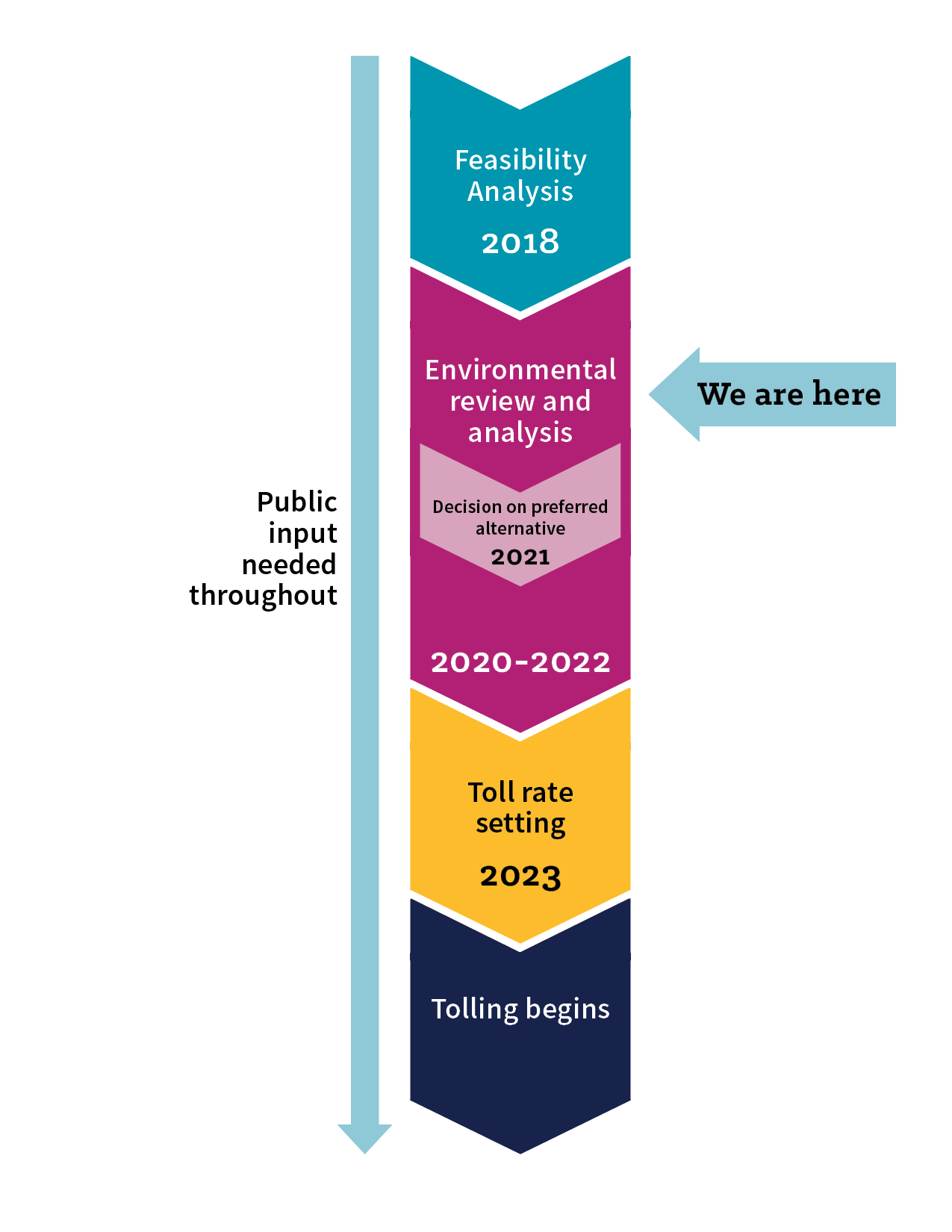
Learn more by visiting the I-205 Toll Project website.
Equity is guiding our work.
Throughout this project, we’re collaborating with community partners to develop equitable solutions for traffic congestion and tolling. Our goal is to create better solutions for historically and currently underrepresented and underserved communities, including youth, older adults, Black, Indigenous, multi-racial, and people of color, people who may speak a language other than English, and people with disabilities.
The toll projects’ draft equity framework will guide everything from technical analysis to public engagement strategies. If you'd like more information about our goals and how this is developing, you can review our Toll Projects' draft equity framework.
So far on the I-205 Toll Project, we have:
- Convened a group of national and regional leaders in equity to advise the project team
- Conducted an equity training for project staff
- Drafted an equity framework to guide project decisions and engagement
- Coordinated with community engagement liaisons to reach and hear from underserved and underrepresented communities
- Convened an Equity and Mobility Advisory Committee
What is the Equity and Mobility Advisory Committee?
To ensure equitable I-205 and I-5 Toll Projects and processes, and to help develop a framework, ODOT convened an Equity and Mobility Advisory Committee. This committee is a group of individuals with professional or lived experience in equity and mobility. They will advise the Oregon Transportation Commission and ODOT throughout the environmental review process. They will help us understand how tolls on I-205 and I-5 freeways, in combination with other demand management strategies, can include benefits for populations that are (historically and currently) underrepresented or underserved by transportation projects.
In providing input to the Oregon Transportation Commission, the committee shall consider needs and opportunities for achieving community mobility while prioritizing equity as part of the National Environmental Policy Act process for introducing tolls.
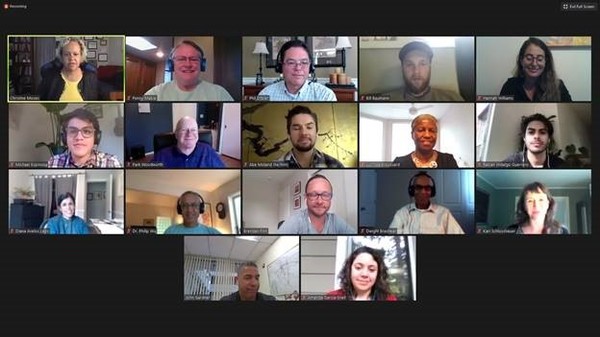
Members of the Equity and Mobility Advisory Committee will advise us throughout the I-205 and I-5 Toll Projects and help us consider ways we can prioritize equity
Learn more about the I-205 and I-5 Toll Projects' Equity and Mobility Advisory Committee.
We’re preparing an environmental assessment for the I‑205 Toll Project.
For the I-205 Toll Project National Environmental Policy Act process, we’ll conduct an environmental assessment to study impacts from the project. The environmental review process will also help us examine how strategies for completing this project would meet (or won’t meet) the project’s stated purpose.
Where are we now in the National Environmental Policy Act process?
We want to involve you at the beginning of the process so you can let us know if we’re on the right track.
We expect the process will take two years to complete. The Federal Highway Administration will review the Environmental Assessment and decide to approve the project.
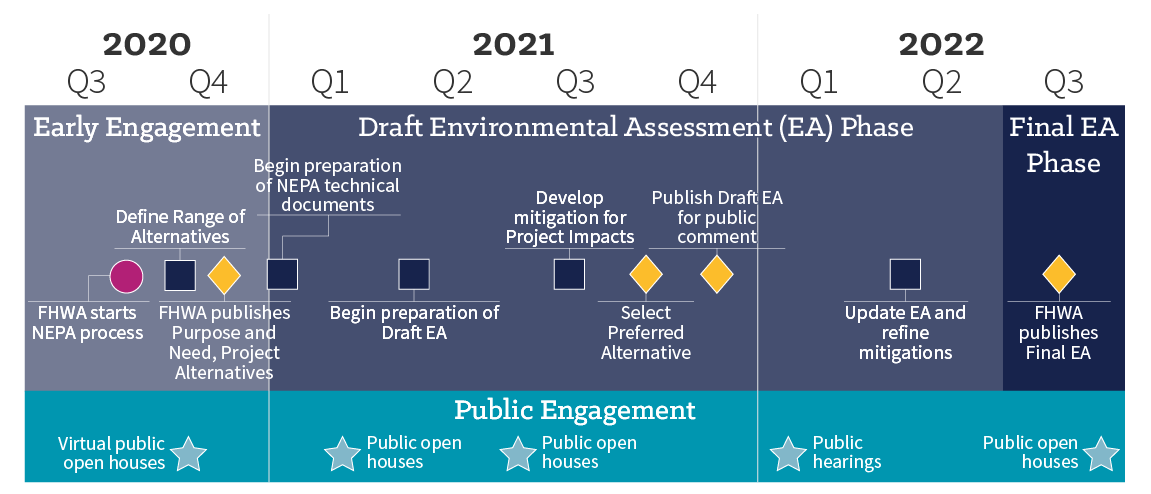
At this stage, we need your help defining the project’s Purpose and Need and goals. We also want to make sure our approach to conducting the analysis is thorough. This important early work will influence the rest of the environmental process. Learn more about these components below.
Draft Purpose and Need and project goals.
The Purpose and Need and the project goals documents will guide parts of the environmental review. These concepts are in draft form right now. We want your help to make them comprehensive and inclusive.
Review the information below and then visit our survey to let us know if we’ve got the right ideas! If you want to dive into the details, we invite you to read the draft technical document.
What is the draft purpose of the I-205 Toll Project?
The purpose of the I-205 Toll Project is to manage congestion on I-205 between Stafford Road and OR 213 and raise revenue to fund congestion relief projects through the application of variable-rate tolls.
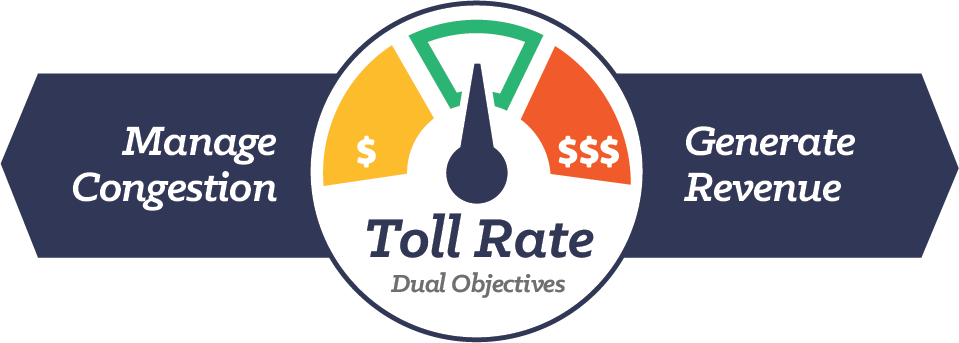
Why is the I-205 Toll Project needed?
The five statements below sum up why introducing tolls on I-205 is an important tool in our congestion relief strategy:
- Population growth contributes to increasing congestion
- Traffic congestion results in unreliable travel
- Traffic congestion impacts freight movement
- Traffic congestion contributes to climate change
- Critical congestion relief projects need construction funding
What are the draft goals of the I-205 Toll Project?
The goals describe desirable outcomes that we’d like to see. We developed draft goals through conversations during the Value Pricing Feasibility Analysis work, and by engaging partners, staff, and the public.
Draft goals we’re considering include:
- Provide equitable benefits for all users
- Limit additional traffic diversion from I-205 to adjacent roads and neighborhoods
- Support safe travel regardless of mode of transportation
- Improve air quality and reduce contributions to climate change effects
- Support multi-modal transportation choices
- Support regional economic growth
- Support travel demand management
- Maximize integration with future toll systems
- Maximize interoperability with other transportation systems
If you’d like additional information about the project's draft goals and objectives, you can review the full draft I-205 Toll Project Purpose and Need Statement.
Visit our survey to let us know what you think of the above ideas.
For I‑205, the Oregon Transportation Commission and the Policy Advisory Committee decided that tolls at or near the Abernethy Bridge was the best concept to study further. However, there are several ways to implement tolls in this location. The alternative analysis in the environmental review will help us figure out which option will work best.
What do we mean by alternatives?
We are evaluating five alternatives along I‑205 where tolls could start and stop – and how they could manage congestion and pay for roadway improvements along the corridor.
Studying alternatives is an important part of the environmental review process. We’ll examine different toll alternatives, as well as an alternative considering what would happen if we don’t toll and don’t construct the I‑205 Improvements Stafford Road to OR 213 Project.
At the end of the process, we’ll identify the alternative that best meets the purpose and need and goals of this project. But first we need to narrow down which alternatives are worth looking at in more detail.
What alternatives are we looking at?
We started by looking at the five alternatives highlighted below. All of the below alternatives assume that toll rates would be set to generate net toll revenues sufficient to fund:
- The tolling infrastructure and system.
- Seismic upgrade and reconstruction of the Abernethy Bridge.
- The third lane construction on I‑205 between Stafford Road and OR 213, including associated overpass/underpass and interchange improvements.
| Alternative | Considerations |
|---|---|
| Alternative 1: Toll on the Abernethy Bridge |
|
| Alternative 2: Toll the Abernethy Bridge, with tolling gantries off bridge |
|
| Alternative 3: Individually toll multiple bridges to be rebuilt |
|
| Alternative 4: Segment-based tolls - Stafford Road to OR 213 |
|
| Alternative 5: Single zone toll - Stafford Road to OR 213 |
|
We’re refining the alternatives to study the best ones in more depth.
Over the last few months, we’ve been figuring out how to turn the big, broad concept of tolling into a few specific alternatives. We developed five alternatives, then scored each against one another using five criteria. These screening criteria included impacts to:
- Transportation demand
- Traffic on I-205
- Diversion effects
- Cost and revenue
- Implementation and operation
To get a sense of which alternatives were best, we looked at each one and assigned it scores for the above criteria. We scored on a scale of "much worse" to "much better" compared to other alternatives.

The results of this scoring are included below. Click through each of the five alternatives to learn more about what each one looked like and how it scored in our initial assessment:
Click the circles above to learn more about the five alternatives and how we scored them
If you'd like to see details of the analysis, please review the following I-205 Toll Project documents:
- Draft Executive Summary for the Comparison of Screening Alternatives Technical Report
- Draft Comparison of Screening Alternatives Technical Report
We think we have a good idea of the strongest alternatives.
After our assessment, Alternative 3 and Alternative 4 seem to be the best alternatives to meet the project's purpose and need and goals.
While both alternatives would result in some vehicles avoiding tolls by diverting to local streets, these are expected to be distributed along the I-205 corridor more evenly so no single area would receive a bigger impact. Also, both alternatives can be scaled to manage congestion on other regional highways.
We recognize this screening analysis does not answer all your questions about how you could be impacted by I‑205 tolls. The environmental review process will continue to study the alternatives we carry forward in more detail. This comprehensive analysis will look at how tolling would impact transportation, equity, the environment, and the economy.
What do you think about our work so far? Do you think we selected the two best alternatives for further study? Visit our survey in the next station and let us know if you have ideas or if you think we missed anything.
Attend a community webinar.
Attend one of three community webinars in August to learn about the project, ask questions and give comments to the project team. All three webinars will cover the same topics.
- Webinar 1
Wednesday, August 12, Noon - 1:00 p.m.
(This webinar is complete, and you can watch it on YouTube)
- Webinar 2
Tuesday, August 18, 4:00 - 5:00 p.m.
(This webinar is complete, and you can watch it on YouTube)
- Webinar 3
Thursday, August 20, 6:30 - 7:30 p.m.
(This webinar is complete, and you can watch it on YouTube)
Attend a committee meeting.
What happens next?
The environmental review process for the I-205 Toll Project will continue into 2022 as we carry on refining alternatives. Tolls could begin on I-205 as early as 2024.
We’re going to take the ideas you shared and consider them in addition to our technical analyses. We expect to come back to you early next year to share our progress on the environmental assessment and hear more from you.
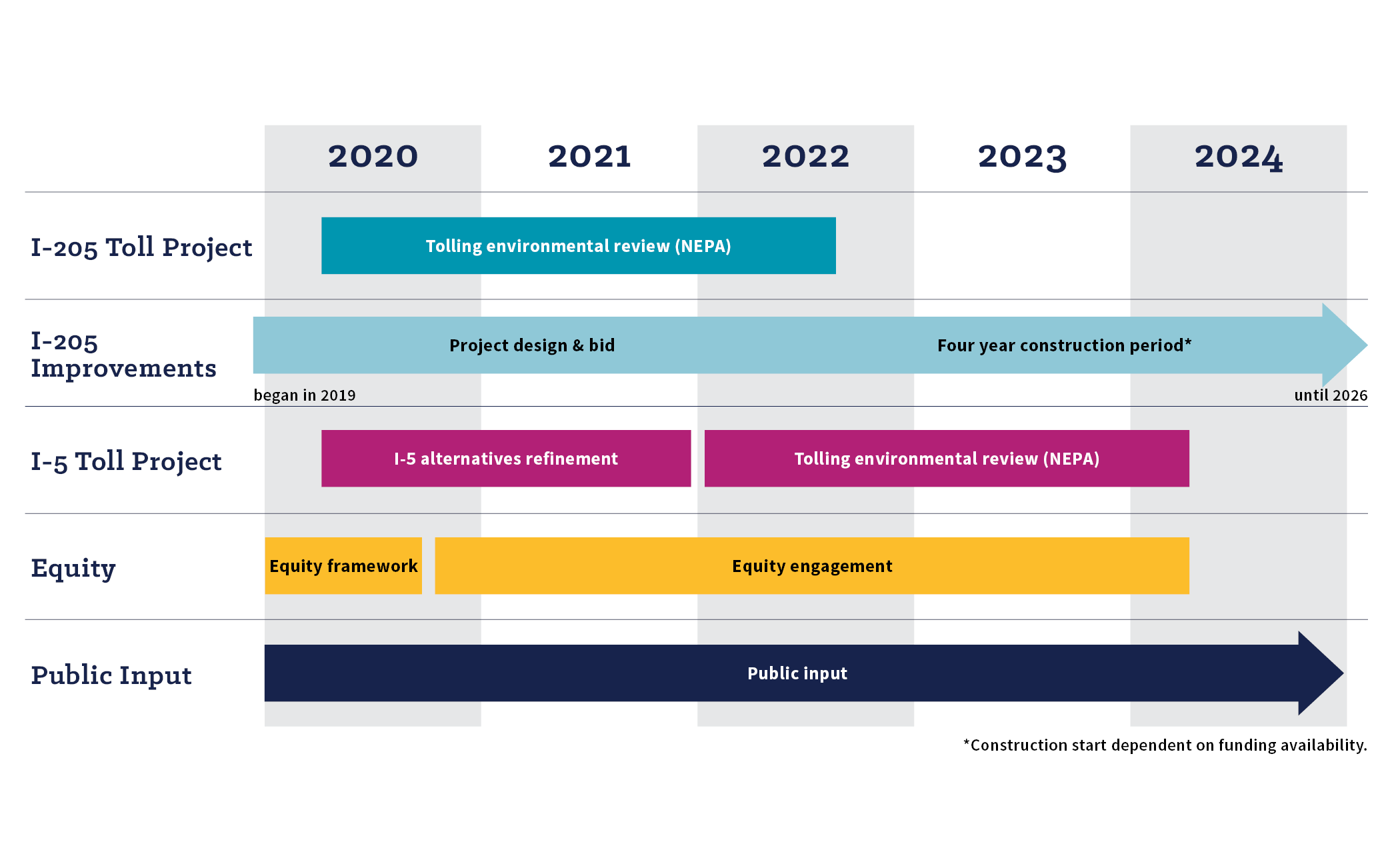
What’s happening with the I-5 Toll Project?
The I-5 Toll Project is moving forward as well. We are currently in the early planning phases for this work. As we make progress, we will want to hear your ideas on that project too. Watch for additional updates in the coming months, and learn more by visiting the I-5 Toll Project webpage.
For more information…
- Visit the I-205 Toll Project and the I-5 Toll Project websites
- View the Frequently Asked Questions
- Learn about the I-205 Improvements: Stafford Rd to OR 213 proiect
- Sign up for email updates
- Email the project team at oregontolling@odot.state.or.us or call us at 503-837-3536
